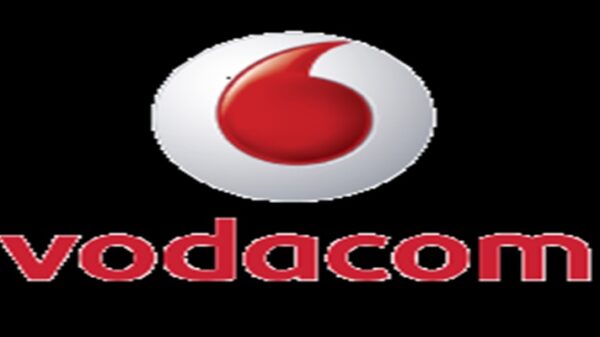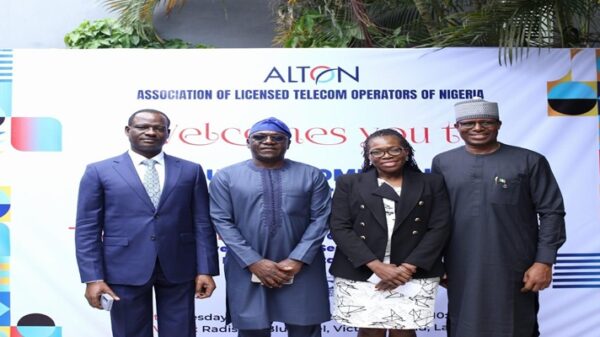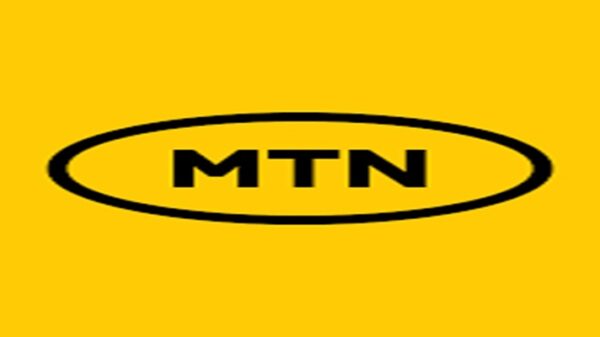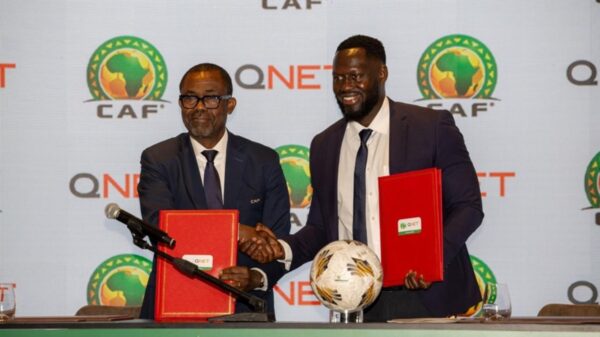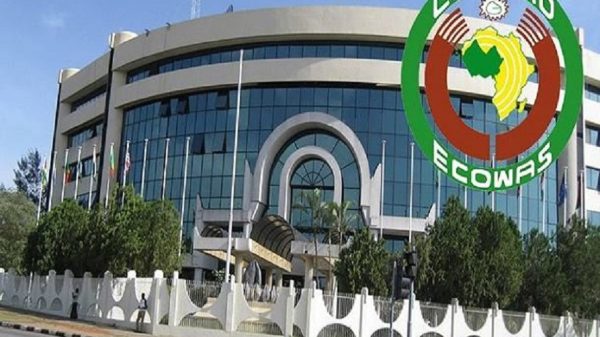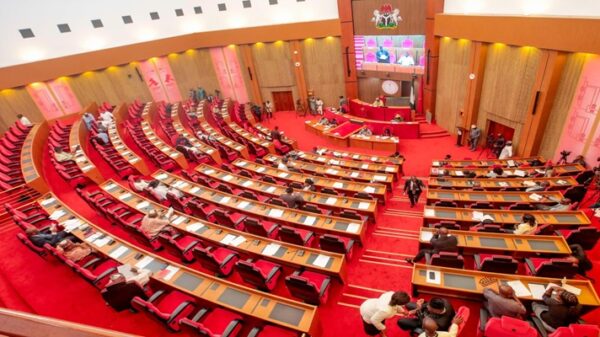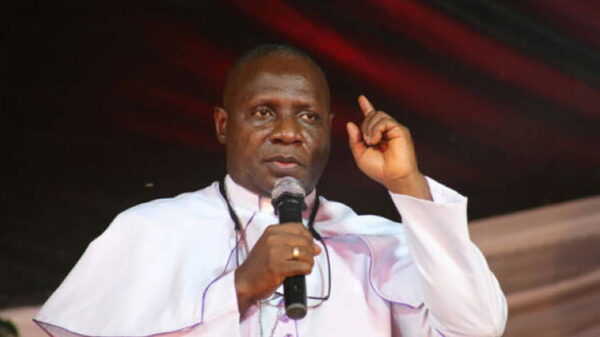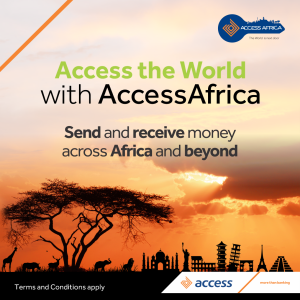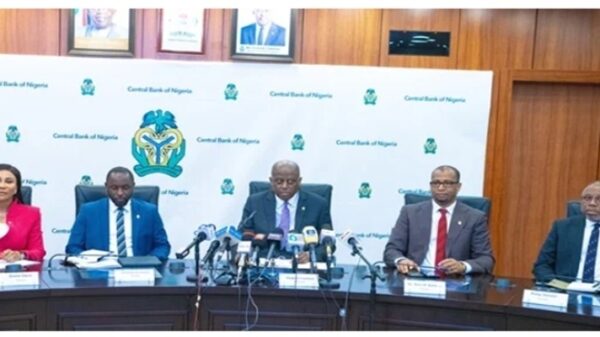Africa-focused satellite operator Intelsat is currently building a unified global 5G network the company says will support virtually any access technology, and enable the next generation of global mobility, IOT and 5G services.
The company believes while the continent relies heavily on 3G and 4G for connectivity, the role of 5G in the future African connectivity landscape is not in doubt, given the increased urgency for enhanced connectivity services for households and businesses.
Intelsat asserts that its hybrid, multi-orbit, software-defined 5G network will enable simple, seamless and secure coverage.
Hans Geldenhuys, Director, Africa Sales – Intelsat, explains: “Intelsat’s open architecture design which integrates multiple orbits supports virtually any access technology, while the multi-layer approach ensures no single point of failure in the system by creating redundancy – the assurance of continuous high level of service.
The construct of our network – cloud-based, fully virtualised, and software-defined – enables ground and space systems to interact seamlessly, no matter the orbit or band. Software-defined satellites provide ‘follow me’ capacity that dynamically allocates based on prevailing and predicted demand.
“The network enables frictionless connectivity with global roaming and easy integration with the growing 5G networks of the world, including common hardware platforms.”
To this end the company has confirmed that ten satellites, including two software-defined, are already in production and will complement its existing fleet of 52 satellites.
“… and we are also progressing in the design phase of all aspects of this network with our solutions partners,” Geldenhuys adds.
The company is mobilising this infrastructure to entrench its service and value proposition in the market – and more so because its leadership believes that 5G is inevitable and there is no doubt about its role in the future African connectivity landscape.
Geldenhuys continues, “5G is a catalyst for innovation and will give an opportunity to industry and service providers, communities, and individuals to advance their digital agendas towards economic growth, job creation and socio-economic development. However, it is likely that the mobile technology that will dominate in Africa for the foreseeable future will be 4G.”
Intelsat adds that according to the GSMA, 5G in Africa will only account for 3% for all connections in 2025, while 4G will continue to grow to 27%.
To make 5G successful, it will be essential for all stakeholders to put in place the necessary building blocks to maximise the opportunity that the technology can bring, the company says.
Satellite support for 5G
Intelsat is also confident of its strength in satellite infrastructure services and underlines the value of this technology in supporting 5G development on the continent – particularly in terms of extending connectivity to rural areas.
The company says for 5G networks, satellites will play an even more important role as operators will rely on their ubiquity and resiliency to ensure end-users have access to a broad range of applications, including in remote and rural areas – and even in airplanes or on ships.
Geldenhuys adds, “Satellites gives the opportunity to offer vastly enhanced and faster broadband connectivity with additional backhaul, creating redundancies, and providing remote and rural areas with greater connectivity.
Satellite will complement terrestrial networks in underserved areas for homes and businesses, or to enterprise sites as a backup. As you move to more rural and remote areas, only satellite communication has the potential to provide reliable coverage and sufficient data density.
“As the number, uses, and requirements of connectivity continue to evolve, so does the importance of extending the promise of 5G networks beyond the urban and densely networked communities.”
The company says that with the majority of the population on the continent living in rural areas where voice traffic still runs over 2G networks and devices on 2G mode, it will be difficult to skip 4G and migrate to 5G without, first, taking steps to migrate 2G/3G voice to VoLTE (Voice over LTE) over 4G networks.
In the short- to medium-term, governments and the mobile industry will, therefore, need to focus on efforts to increase 4G adoption among mobile users. This will involve strategies to make 4G devices more affordable and provide relevant digital content to drive demand for enhanced connectivity services, Intelsat states.
Geldenhuys adds, “5G will be a primary use case and provide significant opportunities to enterprises of all sizes, given the challenges around access, cost and reliability of existing connectivity services.
However, the cost of 5G devices will play a crucial role in 5G adoption rates for consumers in Africa, where smartphone affordability is a significant barrier to mobile access and ownership.
“We have long advocated for the integration of standards across the telecommunications ecosystem, which are now making it even easier to integrate satellites into new and innovative connectivity solutions.
“As mentioned, at Intelsat, we’re building an advanced network – aligned with these standards – that can support multiple access technologies, and ultimately make it easier for companies, governments, and communities around the world to connect and power their digital future.
“Our unparalleled unifying network will set the standard in 5G connectivity and uninterrupted global broadband service with unrivalled coverage, economics, and performance.”
The issue of spectrum
Intelsat suggests that for 5G to be fully realised, terrestrial telecommunications systems will not be enough.
“We will need to move to an integrated 5G ‘network of networks’ where satellites play an increasing role, alongside terrestrial networks and Intelsat has, for instance, been working on 3GPP standards.
When looking at spectrum bands, a balanced way of thinking is needed to cater for wider geographic areas and ultra-high-speed capacity with low latencies. Mid-band spectrum (i.e., C band) is still required by satellite services as a robust transmission for Africa and there is a real need to protect these services and enable regulatory certainty for their future,” Geldenhuys adds.
The company believes that regulators and policymakers have an important role to ensure that the mobile industry and 5G are major catalysts in speeding up the digitalisation of the continent. But it must be done in a balanced way which does not impact other services such as FSS. So, adding more spectrum is not the answer to the coverage challenges.
“In order to bridge the digital divide, regulators need to cater for a balanced approach. One that takes care of all technologies and allows them to grow to meet the 21st century connection challenge for Africa,” says Geldenhuys.
The company suggests that more needs to be done to raise end user awareness of the breadth of 5G use cases and areas of application. To accelerate the adoption, end-users must see the value of the technology.
![]()



